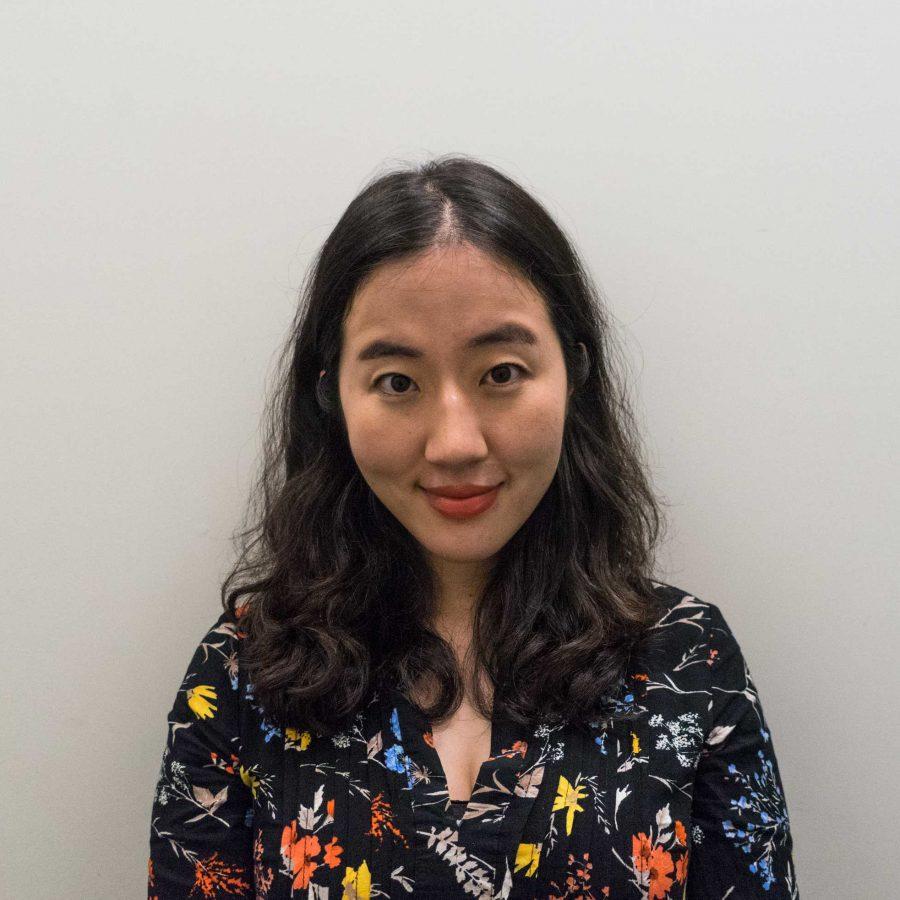Facing Microaggressions as an Asian
Microaggressions plague racial minorities, and the arts are no exception. But how can we address them?
September 13, 2018
It was yet another morning in Seoul, South Korea. After getting dressed, I rushed out into the daylight, and then into the hustle and bustle of the subway. The car was jam packed with men and women, somewhat resembling myself, with their shiny black hair and their similarly shaped eyes.
I drank in the familiar scene, a typical urban morning not unlike one which could be seen in any metropolis. But I was aware that the people who surrounded me spoke my own language, my own culinary preferences and shared my racial and cultural background.
Having spent almost the entirety of my childhood in South Korea, I often did not consider myself to be a minority. It was easy to make myself invisible in the masses of men and women who looked like me. Yet upon arriving at New York, I found myself in a different position. Now, I’m used to being greeted with a “ni hao!” or “konichiwa!” from men in street vendors near Central Park. First time acquaintances ask me whether I can understand basic English idioms or phrases. Here, I am labeled, placed in a box and, at times, even fetishized.
I later learned that this phenomenon, not quite racism or discrimination but an experience uncomfortable to bear, is called a microaggression. As someone who is frequently a target of microaggressions, I wonder what the correct response is. Should we disregard a microaggression because it is supposedly micro? Or do we address it and risk the chance of seeming like we’re overreacting? Either way, it’s a losing game for anyone subject to microaggressions.
In my playwriting class within the graduate program in Tisch School of the Arts, I found that even the nicest people are unknowingly capable of these microaggressions. Each week for the plays we wrote, we were expected to ask our peers to read for the characters we’ve created. Over the course of the first two months of class, I found that none of my colleagues had asked me to read for them. I decided to point this out to my class and my peers confessed that they had not been conscious of this fact. Since almost all their characters were understood to be Caucasian, they had not envisioned an Asian to read for the roles they created.
Due to my ethnicity, I had subconsciously been considered unfit for reading some lines out aloud. Of course, being skipped over to read weekly didn’t put me at a disadvantage in class. Yet, I found that, due to my Asian traits, I had been perceived as different and not deserving of equal opportunities. For the first time, I saw myself through their eyes and found the image disturbing. I was not an artist, but a distinctly Asian artist — an exotic thing that couldn’t escape the boundaries of being foreign.
I found this incident rather discouraging and problematic. The servers at restaurants, security guards and strangers I come across who render me foreign admittedly perceive me in that light because they don’t know me. But if the nicest, sweetest people I know and consider my friends would unwittingly disregard me because of how I look, how would a mostly white and middle-class audience, who I would have to face later on, perceive my work or identity? What can be done about it?
It’s hard to say. Visibility, though, cannot hurt us. If we make enough art for the public, maybe they will grow used to and accept the rich variety of culture we have to offer. Maybe redefining what is mainstream by inserting ourselves into the conversation can help. However, in the meantime, we must be clear, concise and patient. And push to be heard instead of disregarded. Our identity and tradition should not be misrepresented but deserve to articulated with unprecedented beauty and vigor.
As Jonathan Larson, the late creator of the prophetic ’90s classic “Rent,” wrote: “The opposite of war isn’t peace, it’s creation.” How, then, do artists of color, artists set apart from the rest due to their ethnicity and the exotic quality their works possess, meet the challenge posed by this beloved visionary? Art in Color will strive to answer this question.
Ash Ryoo is a student of the NYU Tisch Graduate Musical Theater Writing Program. If you have faced microaggressions and have any insight on how to resolve them, please email Ash at [email protected].
Opinions expressed on the editorial pages are not necessarily those of WSN, and our publication of opinions is not an endorsement of them.


























































































































































